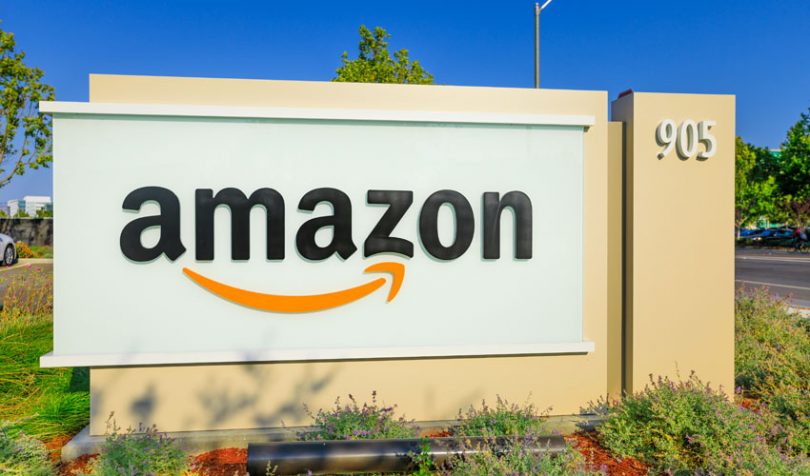Earlier this week, Amazon Web Services announced that its QLDB database is generally available. First unveiled in November last year, the Amazon Quantum Ledger Database (QLDB) offers several blockchain benefits but for centralized applications. So if you’d like to use blockchain, but it’s just for your company to share data with suppliers or customers, this might be for you.
Additionally, Digital Asset, the company behind the Australian Securities Exchange’s blockchain, announced it is integrating DAML with QLDB. DAML is the workflow smart contracting language which is already integrated with VMWare, Hyperledger Fabric, Hyperledger Sawtooth, Amazon Aurora and R3’s Corda.
What is QLDB?
Right now, QLDB is like a standard database but with two key differences. It has an immutable log of all changes made in the database. So unlike a blockchain, where the transactions are immutable, you can change data in QLDB. But the immutable log of every change means alterations can be audited.
Secondly, most databases don’t have cryptographic proof about who made a change. In a permissioned blockchain, cryptography means you know precisely who made an entry on the blockchain. That’s also how QLDB works.
One appeal of blockchains is smart contracts which are pieces of code enabling automation. Databases usually have stored procedures which can do similar things but are more narrow in scope compared to smart contracts. By integrating the DAML smart contracting language with QLDB, users will be able to leverage DAML’s workflow benefits.
A significant drawback of blockchains is performance since transactions have to be agreed amongst several servers. Because QLDB is centralized, it’s much faster.
Who’s using it?
Because QLDB is only being released now, most applications are still in development. Though apparently a version of QLDB has been used internally by Amazon for years. Two strong use cases that Amazon gives as examples are tracing movements of an item through a supply chain and tracking the history of credits and debits for banks.
Swedish bank Klarna is building its own banking platform. “We experimented with blockchain earlier this year and realized that a decentralized ledger did not really meet our needs as it was too complicated to operate and not sufficiently performant,” said Ziad Sawalha, Klarna’s VP Engineering of Core Banking. “With the release of Amazon QLDB, we can leverage the AWS’s investment in a centralized ledger database to solve that problem.”
The UK government’s Driver and Vehicle Licensing Agency (DVLA) is also exploring using QLDB for its registries.
“Businesses in Asia are rapidly adopting blockchain technologies, yet many customers ask Accenture how to handle the complexity of blockchain, and make it simpler and more practical for them,” said Daniel Gunawan, Managing Director, Intelligent Software Engineering Services, Accenture ASEAN. “Amazon QLDB answers that need by combining the data integrity of blockchain with the speed and simplicity of a centrally owned datastore.”
QLDB isn’t going to kill blockchain. But we often come across applications where we wonder why an organization is using a blockchain, especially if it’s not exploiting the decentralized benefits. In some cases, QLDB may be a more sensible alternative.






